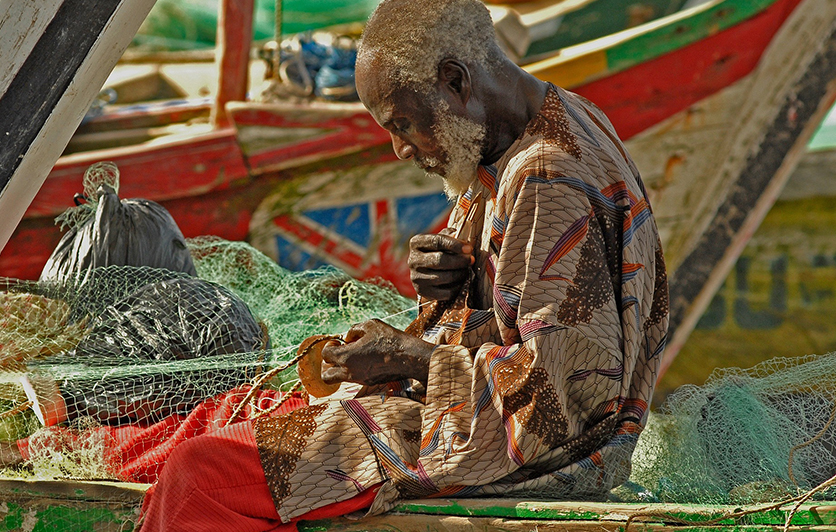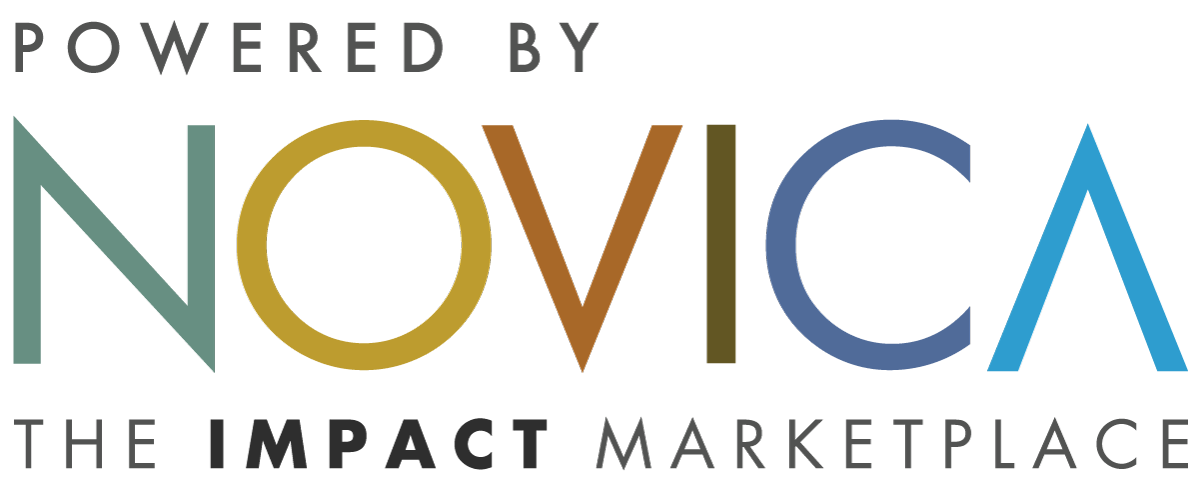-
Home
- Home Andre de Miranda
- Andre de Miranda

Andre de Miranda
"I don't carve with force, I carve with fury. The art of the xylograph is fury. Different from painting, which is realized using a brush that slides across the canvas, the xylo is a naturally violent technique that is executed through subtraction. Tree bark ripped from the matrix originating the negative tracery that will be the impression on the paper. Each original xylograph carries with it the vestiges of this violence, which can't be hidden. It is there that the tool employed is seen, scars that appear in my work.<br><br>"The technique of xylographs, or woodcut prints ? in Greek 'xylo' means wood ? results from direct manual incision into the wood, utilizing implements like gouges, knives, and chisels. Each implement corresponds to a type of furrow left in the wood. It is a technique that allows for surprises as opposed to painting, which materializes little by little. In engraving, one only knows what has been made at the end of the process.<br><br>"Almost all artists pass through a phase of engraving, but very few remain faithful to this art. I've been making engravings since 1976; I was lucky enough to learn by frequenting great workshops with the best engravers in Brazil. The xylograph is an expression very characteristic of Brazil. It is a simple and cheap way of reproducing images, which has been used since the 9th century in the Orient, and was officially brought to Brazil with the royal press at the beginning of the 19th century. But already in the 16th century, the time of the discovery of our territory, the Kaiapo people had employed the principals of xylographs, using wooden stamps, upon whose surface were engraved designs to be stamped on the skin to adorn themselves for festivals and rituals. But it was in the 1930s that xylo arrived on the national scene due to the hands of the artist Goeldi. Among popular arts, the xylograph is the traditional illustration of the little pamphlets of poetry, popular poems sold in the streets that tell of life in the northeast.<br>br>"My work is inspired by diverse themes; everything is a pretext for an artist to create. I am a teacher of this technique and I always say to my students that engraving is not a stamp; each one is different from the next."<br><br>PRINCIPAL EXHIBITIONS<br><br>2002 - Atelier Livre - Porto Alegre<br>2002 - Galeria Gravura Brasileira - Sao Paulo<br>2002 - Museu do Trabalho - Porto Alegre<br>2001- Collective - X Salao Artes Plasticas Fundacao Cultural de Joao Pessoa (FUNJOPE) - Paraiba<br>2001- Collective - 5th Triennial of Prints - Ino-Cho Paper Museum - Kochi-Ken - Japan<br>33rd - Collective - Salao de Arte Contemporanea de Piracicaba - Sao Paulo<br>11th - Collective - International Print Biennial - Varna - Bulgaria<br>49th - Collective - Salao Piracicaba, Sao Paulo ( Mencao Honrosa )<br>2001 - Two Simultaneous Individuals - Clara Arthaud e Andre de Miranda - Galeria Villa Riso, Rio<br>2001 - Individual - "Xilo, a Arte da Raiva" - Engravings and Matrix - Espaco Cultural Via Parque - Rio de Janeiro<br>1997 - Collective - Salao de Pintura de Marica, Rio de Janeiro- gold medal especial<br>1996 - Collective - First Salao SESC of Engraving, Rio de Janeiro<br>1995 - Individual - Espaco Cultural Banco do Brasil, Mato Grosso do Sul<br>1994 - Collective - Centro Cultural Octavio Guizzo, Mato Grosso do Sul<br>1994 - Collective -Parque Lage School of Visual ARts, Rio de Janeiro<br>1992 - Second Biennial of Engraving - Fundacao Memorial da America Latina, Sao Paulo<br>1988 - Espaco Cultural Petrobras - Rio de Janeiro<br>1984 - Fourth Exhibition of Engraving Solar do Barao, Curitiba, Parana<br><br>Collections<br>2001 Gallery Art Grafic, Varna, Bulgaria<br>2001 Ino-Cho Paper Museum - Kochi-Ken - Japan<br>2001 Nucleo de Gravura do Rio Grande do Sul - Porto Alegre


